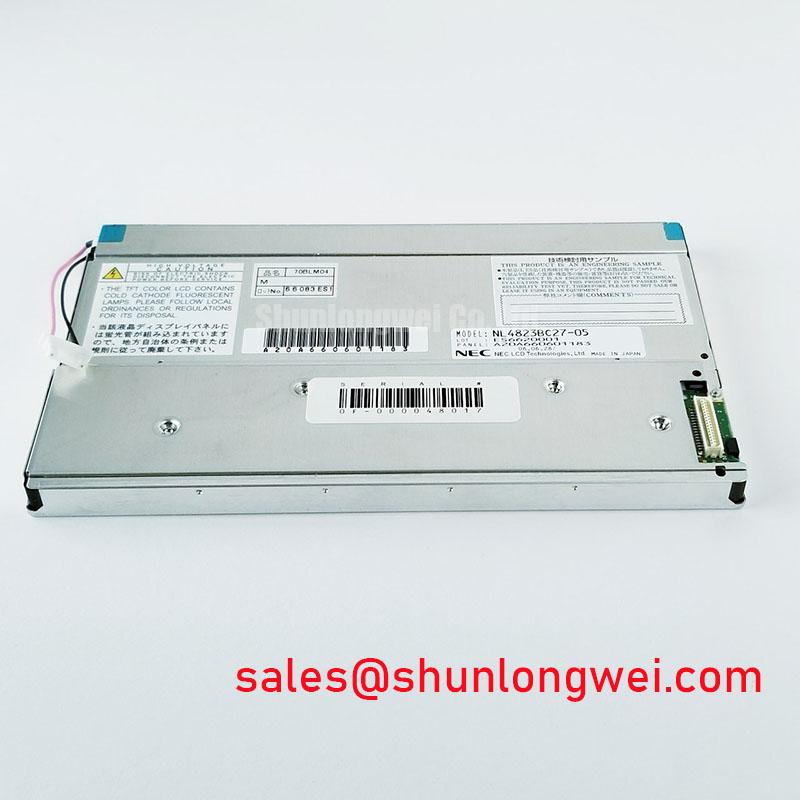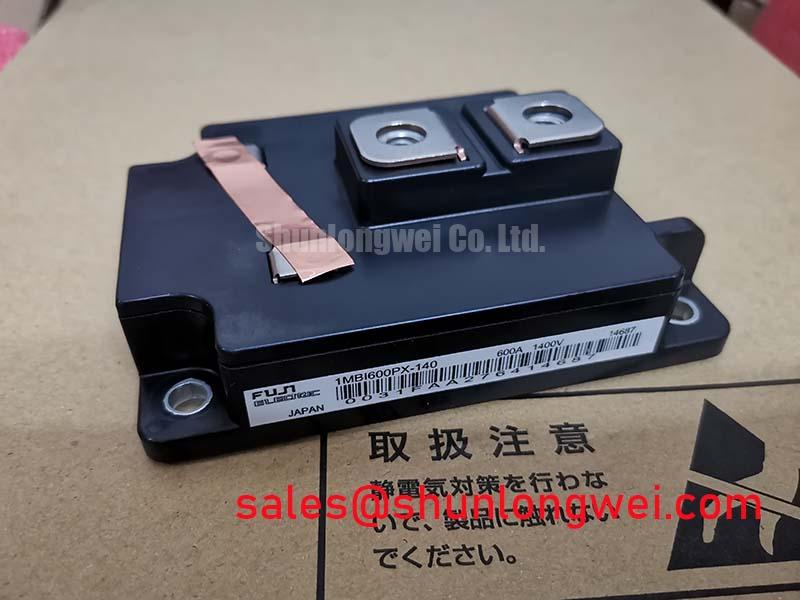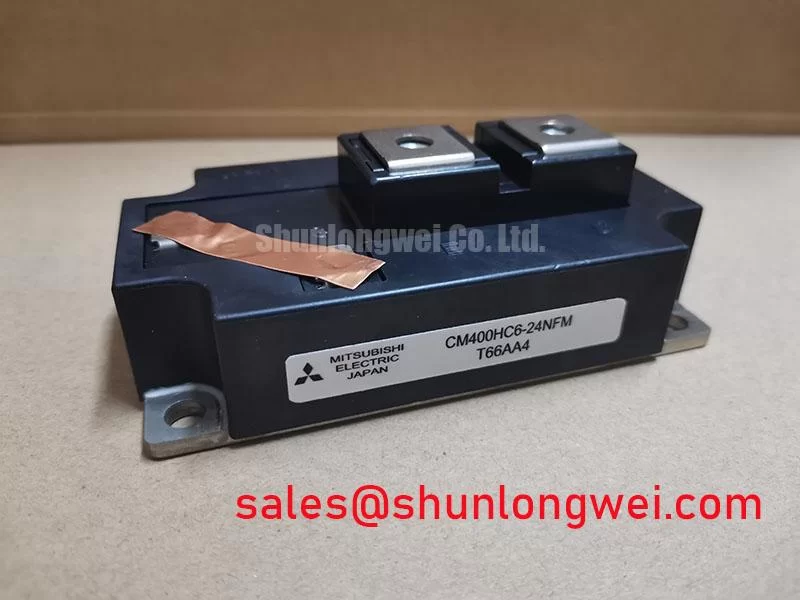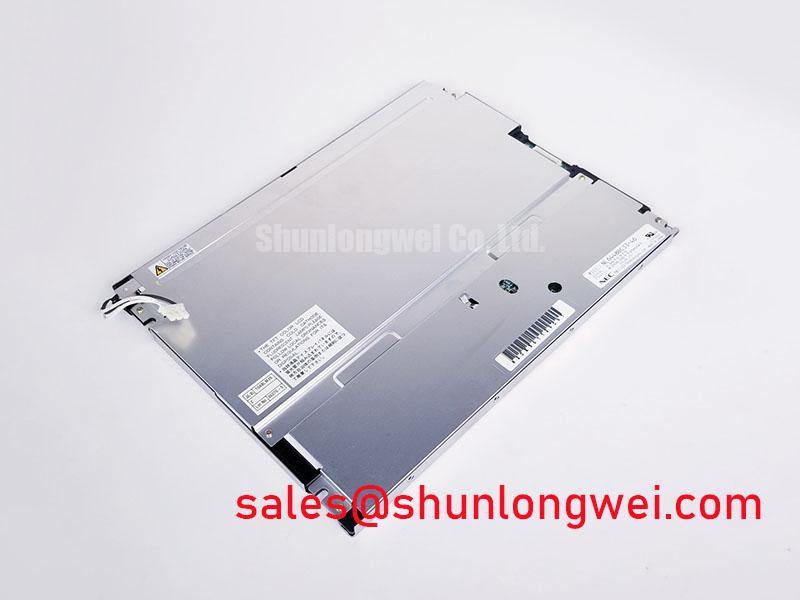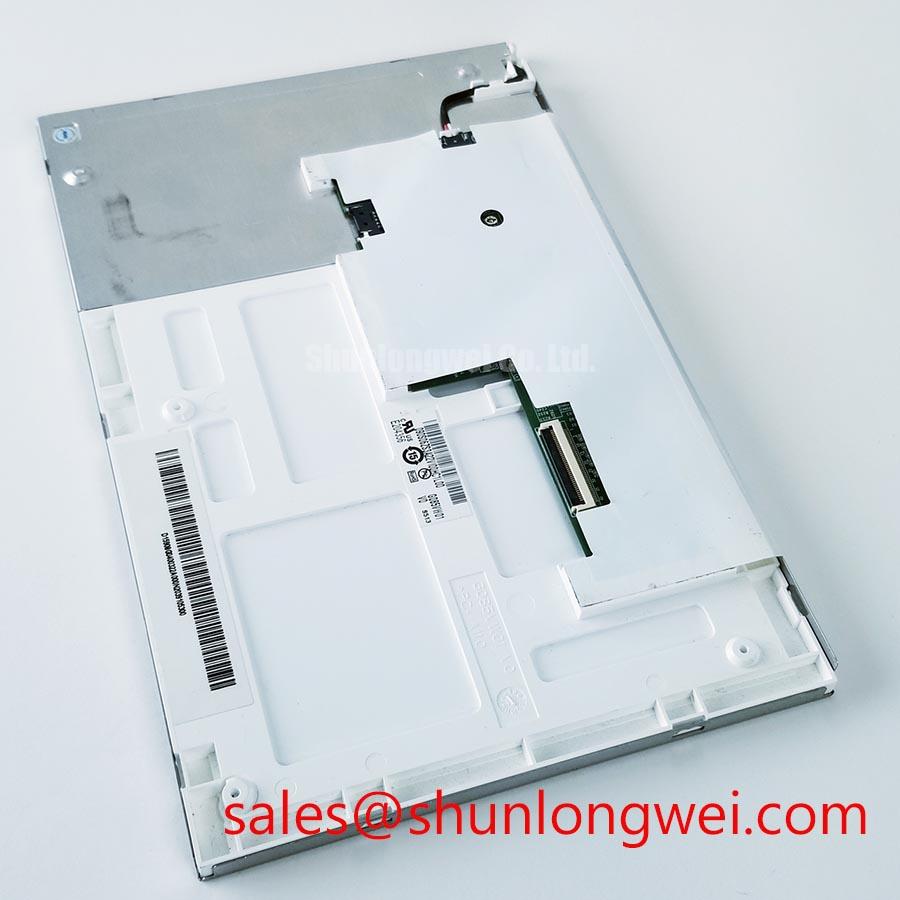TX20D28VM2BAA Product Analysis: 8.0-inch WVGA Display for High-Reliability Industrial Applications
Content last revised on October 9, 2025.
A Robust Visual Interface for Demanding Environments
The KOE TX20D28VM2BAA is an 8.0-inch WVGA display engineered for high-reliability operation in extreme thermal environments, ensuring consistent optical performance from harsh cold to intense heat. This module combines key specifications—8.0-inch | 800x480 WVGA | -30 to +80°C Operating Temp | 400 cd/m² Brightness—with critical design advantages, including exceptional environmental resilience and simplified system integration. It directly addresses the need for a dependable Human-Machine Interface (HMI) in applications where standard displays falter due to temperature fluctuations. For systems requiring uncompromised performance in thermally challenging industrial and outdoor-adjacent settings, this display provides a robust and reliable solution.
Application Scenarios & Value
System-Level Benefits in Uncontrolled Thermal Environments
The TX20D28VM2BAA is purpose-built for applications where environmental control is either impractical or cost-prohibitive. Its defining feature is the exceptionally wide operating temperature range of -30°C to +80°C. This makes it an ideal fit for control panels in refrigerated logistics, operator interfaces on non-cabbed construction or agricultural machinery, and information kiosks in outdoor, sheltered locations.
Consider an HMI for a cold storage warehouse management system. A standard display might suffer from slowed response times or crystallization of the liquid crystal at sub-zero temperatures, leading to unreadable screens and operational delays. The TX20D28VM2BAA, however, is engineered to maintain crisp, clear visuals even at -30°C. This eliminates the need for costly internal heaters within the HMI enclosure, reducing system complexity, power consumption, and potential points of failure. The result is higher system uptime and a lower total cost of ownership. For projects requiring a slightly larger form factor with SVGA resolution, the G084SN05 V9 presents an alternative for consideration.
Key Parameter Overview
Decoding the Specifications for Industrial-Grade Performance
The technical specifications of the TX20D28VM2BAA are carefully balanced to deliver reliable performance in its target industrial applications. The parameters below highlight its suitability for creating clear, dependable, and easily integrated visual systems.
| Parameter | Specification | Engineering Value |
| Display Mode | Normally White, Transmissive | Provides a bright, clear image with a classic display appearance. |
| Operating Temperature | -30°C to +80°C | Ensures operational reliability in outdoor, vehicular, and unheated indoor settings. |
| Luminance | 400 cd/m² (nits) | Delivers sufficient brightness for clear readability in typical indoor industrial lighting. |
| Contrast Ratio | 600:1 (Typical) | The difference between the brightest white and darkest black is significant, akin to watching a projector in a dimly lit room versus a bright one. This ensures text and graphics have sharp definition. |
| Viewing Angle (CR>10) | 80°/80°/80°/80° (U/D/L/R) | Allows for excellent off-axis viewing, critical for panels that are viewed by multiple operators or from various standing positions without color distortion. |
| Interface | LVDS (1 port, 6/8-bit) | Provides a standard, high-speed, and noise-immune connection common in industrial automation systems. |
| Backlight System | WLED with integrated LED driver | Simplifies the design process by removing the need for an external backlight control board, saving space and development time. |
Download the TX20D28VM2BAA datasheet for detailed specifications and performance curves.
Frequently Asked Questions
Exploring the Engineering Implications of the TX20D28VM2BAA
What is the primary benefit of the -30°C to +80°C operating temperature range?
Its primary benefit is enhanced system-level reliability by eliminating the need for external heating or cooling components in many applications, reducing design complexity and the total cost of ownership.
How does the integrated LED driver simplify system design?
The integrated LED driver means the backlight's power management and control circuitry are built into the module. This allows engineers to connect the backlight to a power source with minimal external components, which simplifies the PCB layout, reduces the bill of materials (BOM), and shortens the design-to-production cycle.
Are the 80/80/80/80 viewing angles sufficient for an industrial control panel?
Yes. These symmetrical wide viewing angles ensure that the display's colors and contrast remain consistent and accurate even when viewed from significant off-axis positions. This is a critical feature for HMIs on large machinery where the operator may not always be directly in front of the screen.
With a brightness of 400 cd/m², is this display considered sunlight readable?
While 400 cd/m² provides excellent brightness for indoor and shaded outdoor environments, it is not typically classified as fully sunlight readable, which often requires 1000 cd/m² or more. However, its high contrast and anti-glare surface treatment ensure strong legibility in a wide range of ambient industrial lighting conditions, short of direct, intense sunlight.
Technical Deep Dive
Engineering for Thermal Extremes: Beyond the Numbers
The -30°C to +80°C operating range of the TX20D28VM2BAA is not merely a specification; it is the result of deliberate engineering choices in materials science and component selection. To achieve this level of thermal stability, the display must overcome challenges at both ends of the spectrum. This is analogous to an all-season vehicle tire, which uses specialized rubber compounds to stay flexible in freezing cold and resist degradation in extreme heat, unlike a standard tire that would become dangerously brittle or soft. Similarly, this TFT-LCD module utilizes advanced liquid crystal fluid that resists crystallization at low temperatures, a common failure point for lesser displays. At the high end, the polarizers, adhesives, and alignment layers are chosen for their high thermal stability to prevent delamination or degradation that would cause permanent image quality issues.
Strategic Advantage
Designing for Longevity and Reduced Total Cost of Ownership
Integrating the TX20D28VM2BAA into a system is a strategic decision that prioritizes long-term operational reliability over initial component cost. The robust thermal design directly translates to an extended product lifecycle, especially in applications with frequent and severe temperature cycling. By building a device around a display that is inherently resilient, design engineers can reduce field failures, lower warranty claims, and enhance brand reputation. This focus on durability is a key component in understanding the difference between industrial and consumer-grade displays, where upfront investment in resilience yields substantial long-term savings.







